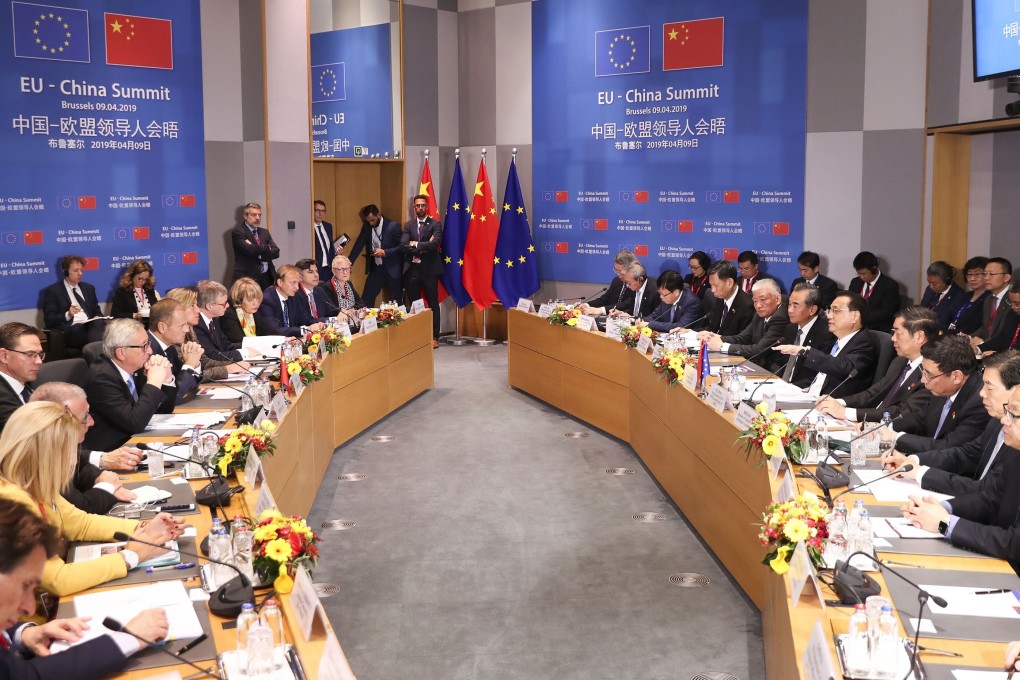Explainer | What is the China-EU CAI and how is an investment deal different from a trade deal?
- The Comprehensive Agreement on Investment has been seven years in the making and still nothing has been signed
- China signed two big trade deals this year – the phase one trade deal with the US and RCEP – but this investment treaty has a different purpose

The Comprehensive Agreement on Investment (CAI) was meant to join the ranks of other major economic deals signed in 2020, such as the Regional Comprehensive Economic Partnership, a China-backed trade deal which includes 15 countries in the Pacific, and the China-US phase one trade agreement.
But doubt has been cast on the deal in the final hours caused by sticky negotiation issues – including human rights, market access and dispute settlements – as well as signals of disapproval from Washington. And even if the two sides pull through, the deal still faces hurdles such as the ratification process, a gauntlet run through the EU parliament.
What is the purpose of the deal, and what do the two sides want?
For the EU, creating a “level playing field” with China has been the key phrase in its messaging. Brussels and European businesses planned for the deal to remove market access limitations, including China’s licensing requirements and limits to foreign ownership in certain sectors.
China, for its part, has raised objections with Europe’s tightening of its foreign investment screening policies in recent years, increasing suspicion over Chinese buying firms in what Europe sees as strategic sectors.
During the most recent annual EU-China summit, held via video conference in June, China’s premier Li Keqiang told leaders in Brussels he hoped Europe would keep its investment markets open to China.
How is the CAI different from other big deals made this year?
The EU said this investment deal with China aimed to be ambitious and cover a wide range of issues.
